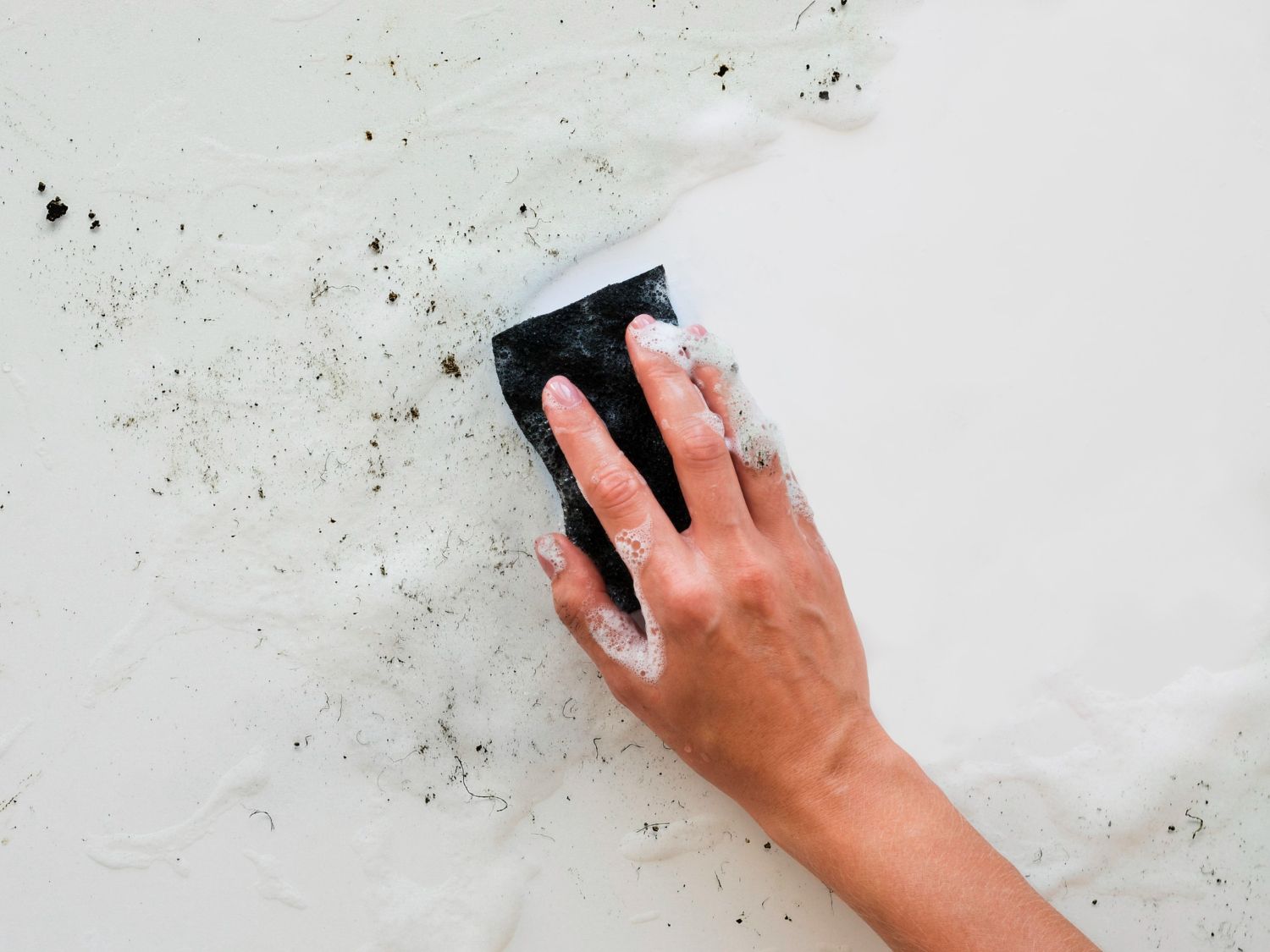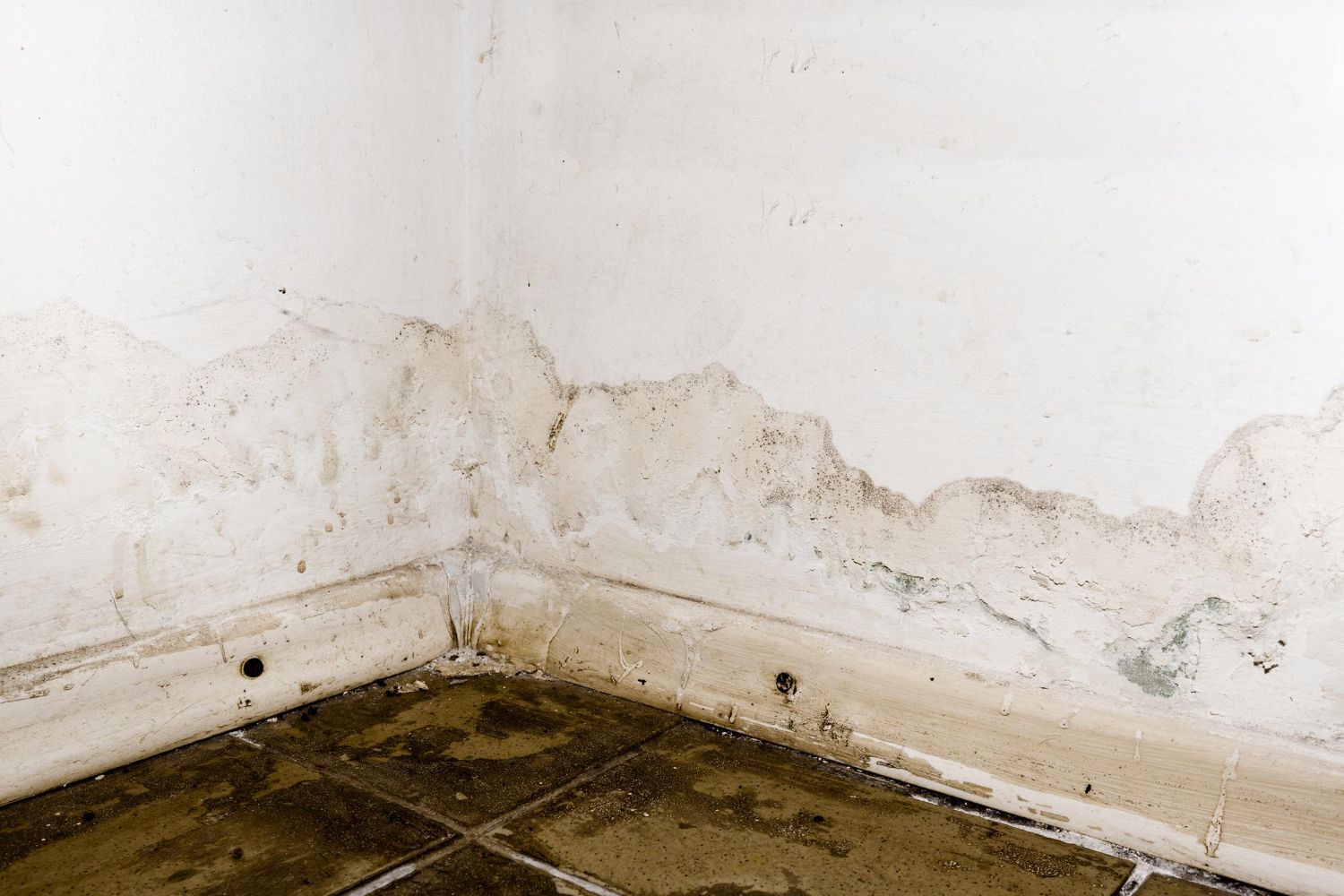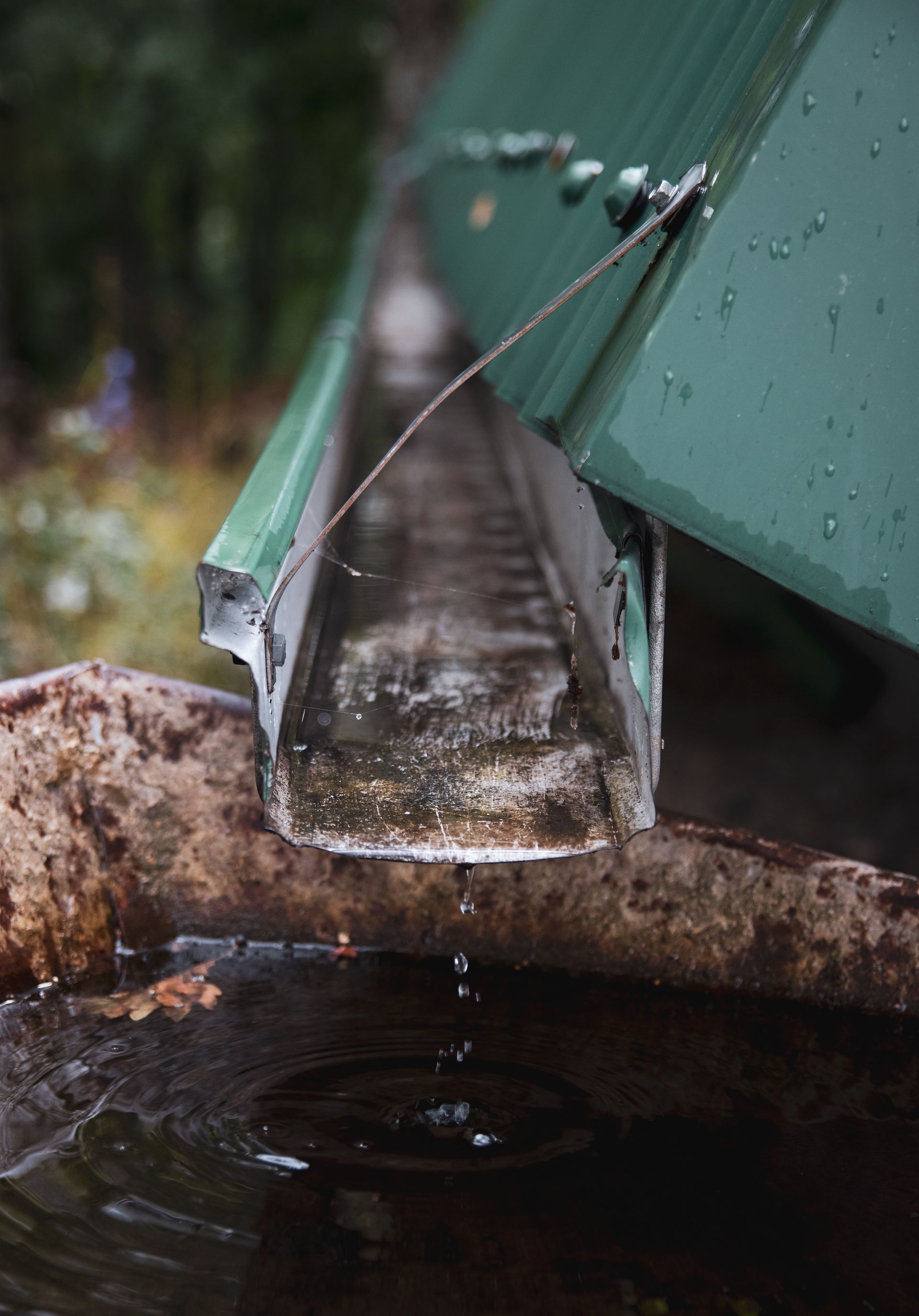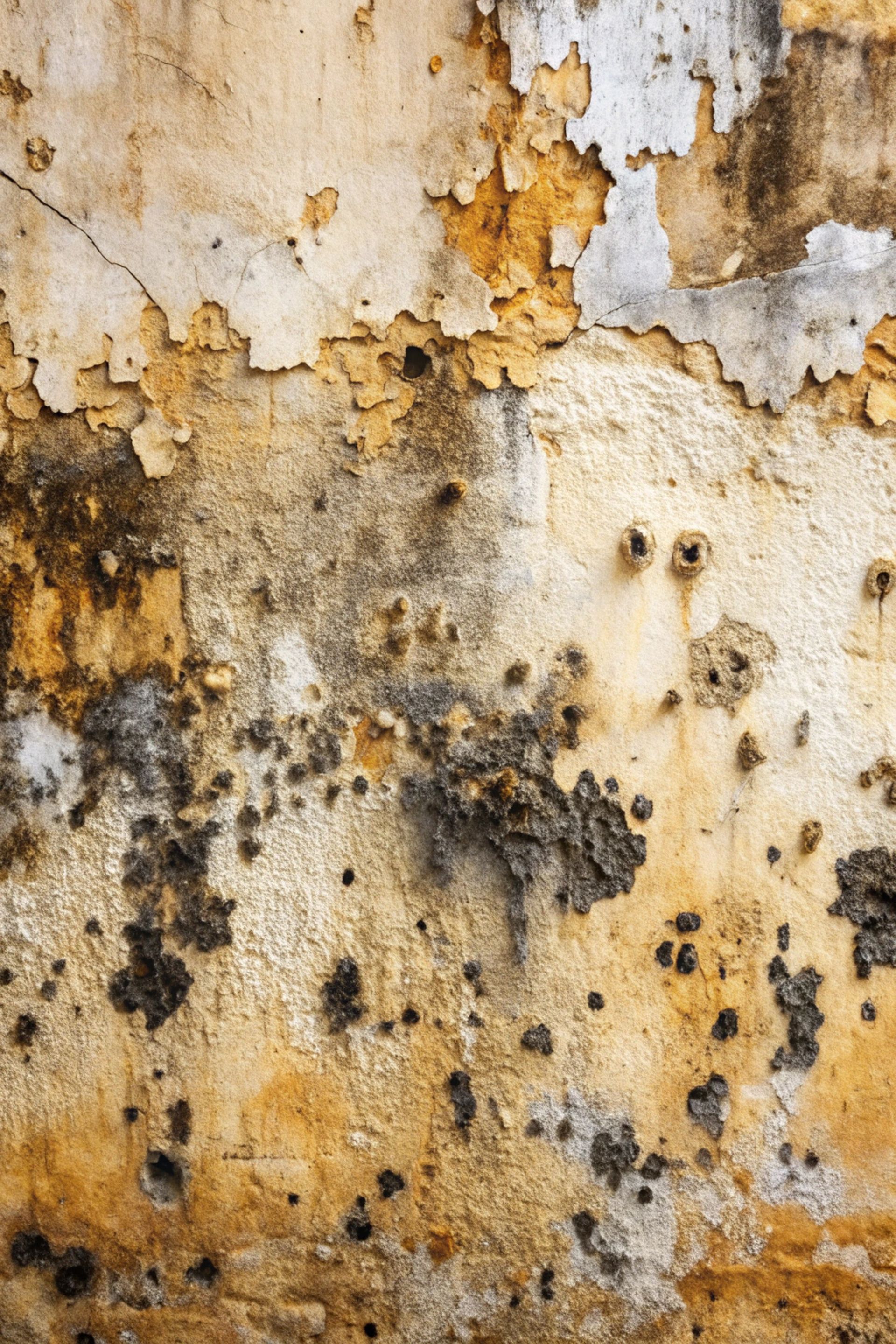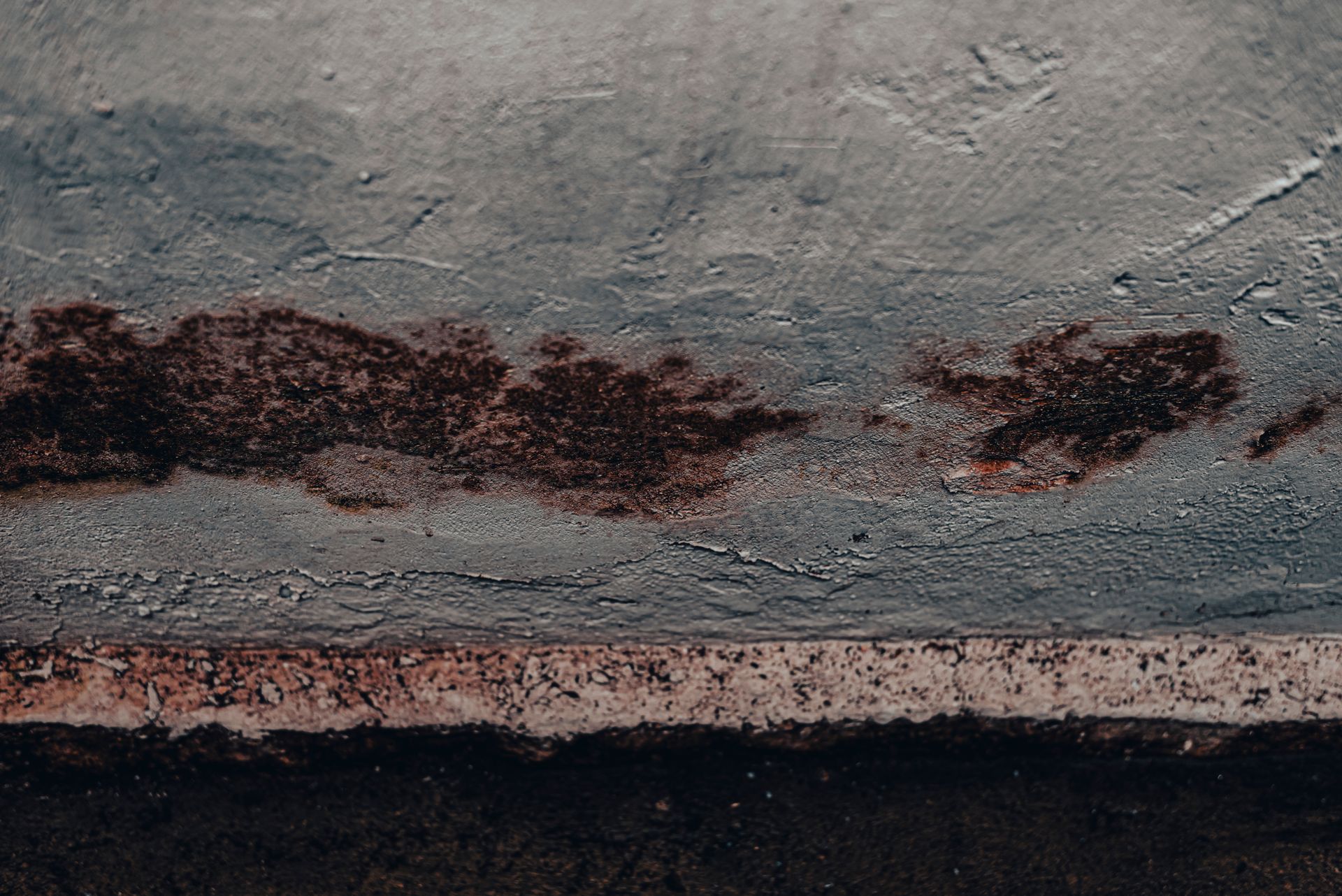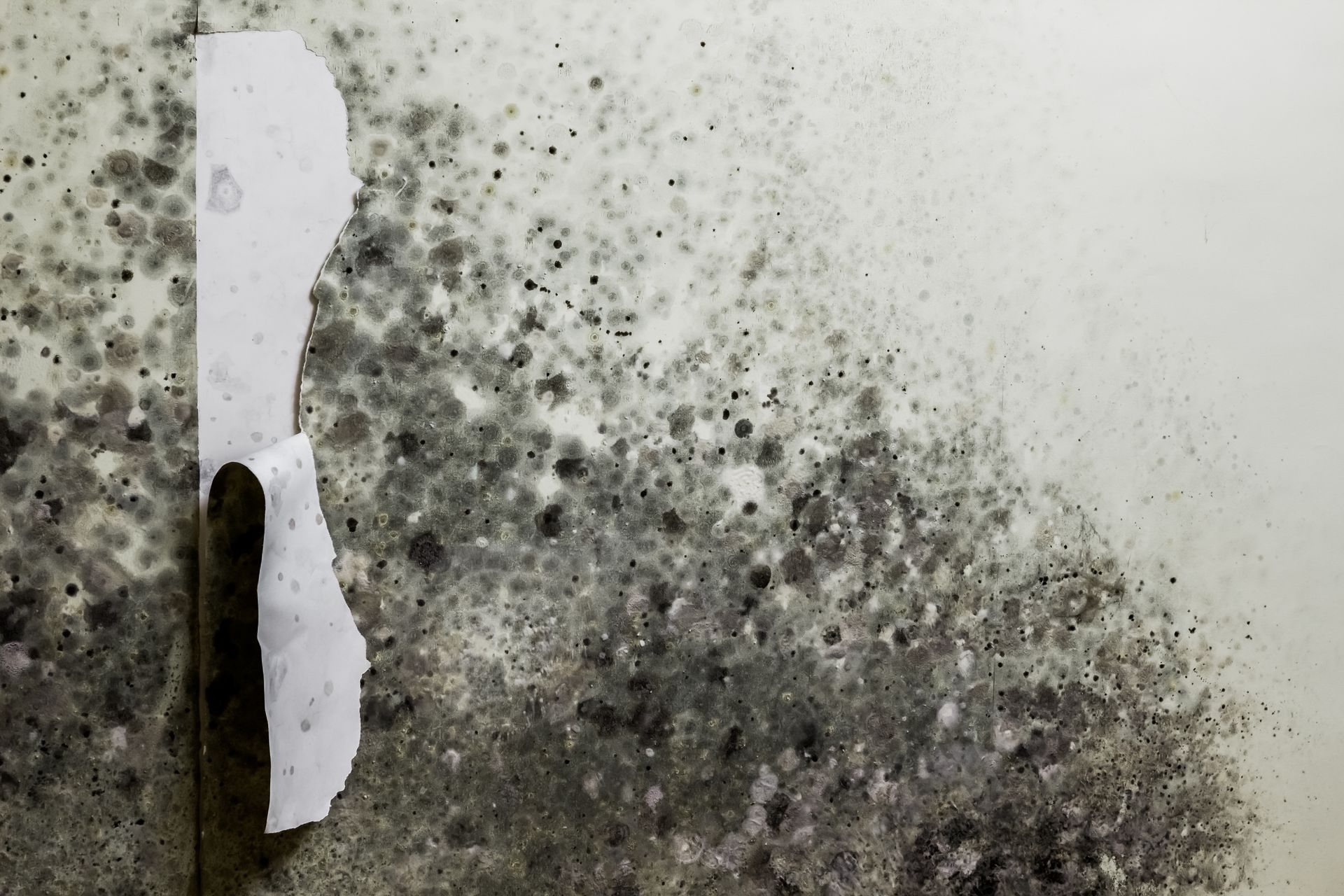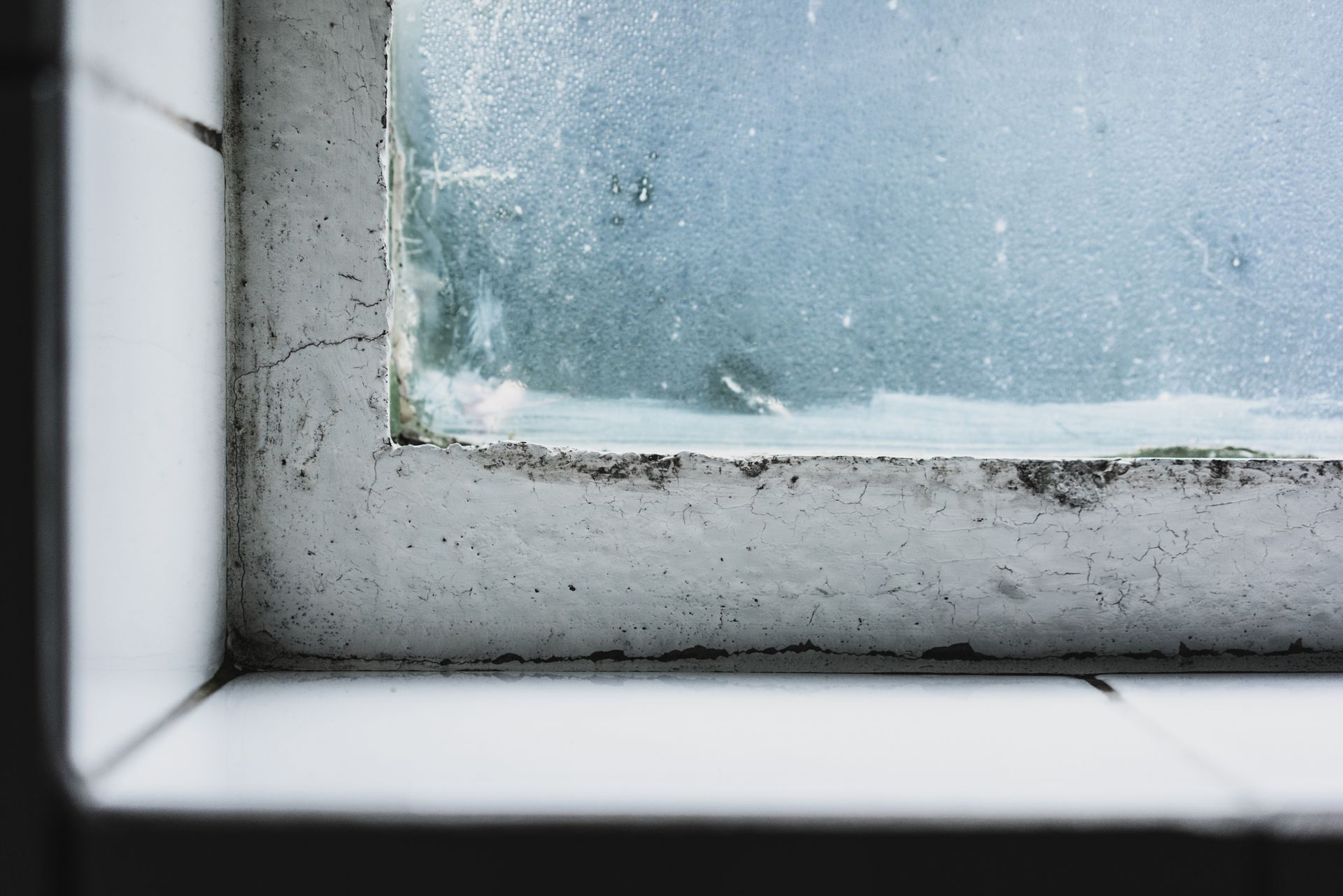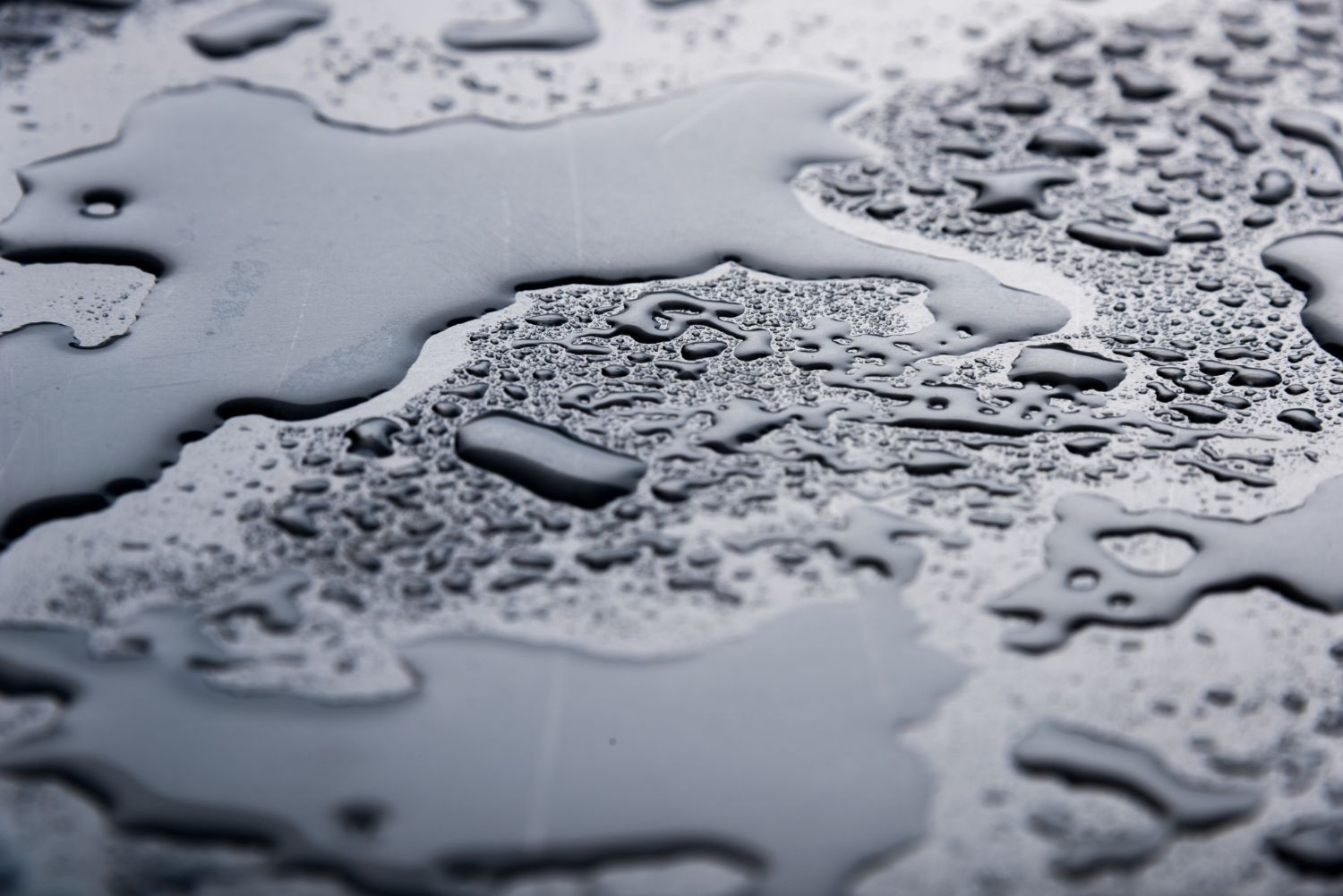What Happens During Mold Remediation
What Happens During Mold Remediation- Castle Rock, CO
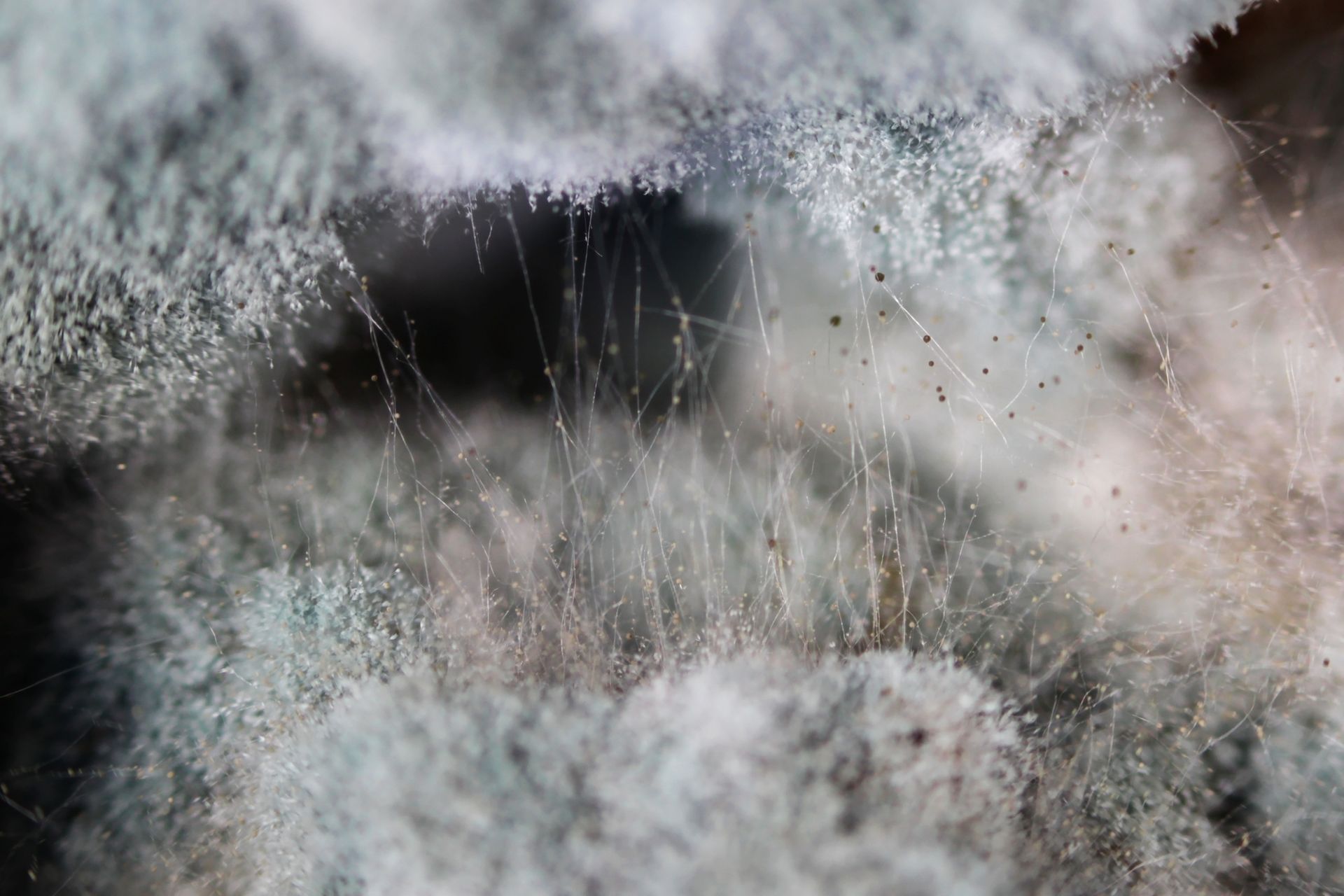
When it comes to discovering mold infestations, mold remediation becomes an indispensable procedure for safeguarding both your well-being and your home. Mold can thrive under a variety of conditions, causing harm to structures while also presenting health risks to occupants. Familiarizing yourself with the steps that transpire during mold remediation is vital to effectively addressing this concern. In this blog post, we will take you through the key phases encompassed in the mold remediation process.
1. Inspection and Evaluation
Commencing the mold remediation process involves an exhaustive inspection and assessment of the afflicted area. Professionals specializing in mold remediation ascertain the extent of mold infestation, identify the mold's specific variety, and pinpoint the source of moisture sustaining the mold's growth. This meticulous evaluation is fundamental in formulating a remediation strategy that caters to the unique circumstances at hand.
2. Isolation
To curtail the dispersion of mold spores into unaffected zones within your dwelling, an isolation protocol is implemented. This typically involves enclosing the contaminated area with plastic sheeting and engineering negative air pressure through specialized equipment. This isolation protocol ensures that mold spores remain confined during the removal process.
3. Mold Eradication
The core of mold remediation revolves around the safe and effective elimination of mold-infested materials. Experts specializing in mold remediation employ specialized methodologies and equipment to eradicate mold from surfaces and materials. This may encompass the extraction and disposal of severely impacted drywall, insulation, or other construction materials.
4. Thorough Cleansing and Sterilization
Following the removal of mold, the afflicted area undergoes a comprehensive cleansing and sterilization procedure. This phase is indispensable in preventing the resurgence of mold. Environmentally-friendly and safe cleaning solutions are employed to sanitize surfaces and eliminate any lingering mold spores.
5. Desiccation and Dehumidification
Addressing the source of moisture constitutes a pivotal aspect of mold remediation. Proficient practitioners use industrial-grade dehumidifiers and drying equipment to ensure the afflicted area is thoroughly dehydrated. This phase serves to preclude future mold proliferation by eradicating the moisture prerequisite for mold sustenance.
6. Revitalization and Renovation
Upon successful mold removal, proper desiccation, and comprehensive sterilization, the culminating stage involves restoration and renovation. This might entail the replacement of extracted materials like drywall or insulation, ultimately restoring the afflicted area to its original condition.
7. Post-Remediation Testing
In order to validate the efficacy of the remediation process, post-remediation testing may be administered. This entails the collection of air and surface samples to substantiate that mold levels have been substantially diminished or entirely eradicated. This phase provides assurance that your abode is devoid of mold.
8. Preventative Measures
Mold remediation professionals frequently proffer suggestions for preventing future mold proliferation. These recommendations might encompass the rectification of structural issues, enhancement of ventilation, and maintenance of optimal humidity levels within your residence.
In conclusion, mold remediation involves a comprehensive procedure that covers evaluation, containment, elimination, cleansing, and restoration. It is crucial to enlist the expertise of skilled professionals who possess the necessary expertise, tools, and training to effectively and safely handle mold issues in your residence. Prompt and thorough mold remediation not only protects your property but also guarantees a healthy living environment for you and your loved ones. If you suspect the presence of mold in your home, don't hesitate to seek the professional assistance from Restoration 1 of Castle Rock to swiftly tackle the problem.


